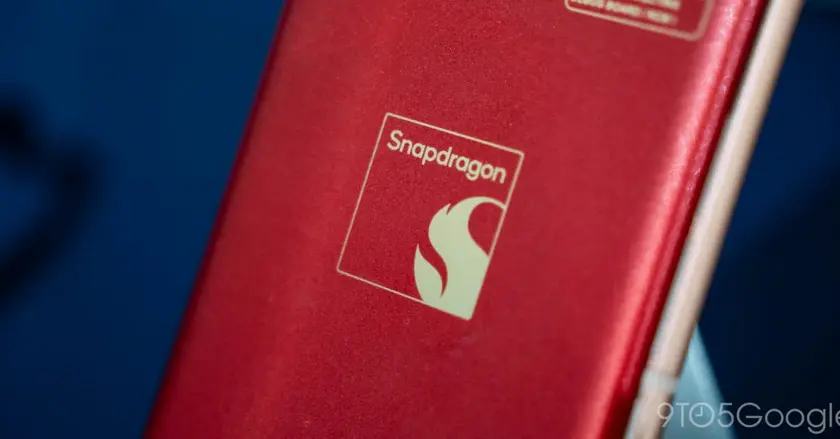T4K3.news
Trackit review signals markerless leap for pros
A premium markerless 3D scanner could reshape professional workflows, but its price may limit adoption.

A high end markerless 3D scanner targets professionals with strong accuracy and a steep price.
Revopoint Trackit 3D scanner raises the bar with markerless precision
The Revopoint Trackit is priced at 4,980 dollars in the United States and 4,385 pounds in the United Kingdom. It uses a dual camera base station to enable markerless tracking, so you can scan with the handheld unit without placing markers on the object. The system claims to handle objects from 10 mm to 6 m and offers a volumetric accuracy of 0.025 mm plus 0.04 mm per meter of length, with a throughput of 1.5 million measurements per second. To get the most from Trackit, a powerful PC is needed—at least 32 GB of RAM and an up-to-date CPU, plus an NVIDIA RTX 4060 or better. The kit ships in two large flight boxes and relies on long 6-meter cables to give you room to work.
In practice, the setup is designed for work in a studio or workshop rather than casual use. The manufacturer highlights that the cables, packaging, and overall build reflect a premium approach, and the calibration process is handled through Revo Metro software with a USB drive. While the hardware is portable, the combination of weight and space requirements makes it more suitable for controlled environments where objects can be brought to the scanner rather than scanned on the move.
Key Takeaways
"The most unique thing about the Revopoint Trackit is that it offers markerless scanning thanks to the dual-camera base station."
Feature emphasis
"This is actually the highest-end scanner that we've reviewed here at Creative Bloq."
Industry benchmark
"Markerless scanning goes beyond what most hobbyists require and provides a feature set that is tailored towards professionals."
Market positioning
"You'll need at least 32GB of RAM, a recent CPU, and a dedicated GPU to run Trackit at full speed."
System requirement
The Trackit positions markerless capture as a core efficiency driver for design, reverse engineering, and in‑house prototyping. Its price and hardware needs create a clear gate for entry, favoring established teams with budgets for high‑end tools. That gap matters: it signals a shift toward higher capital costs for top‑tier accuracy and faster workflows, which could widen the divide between large studios and small shops. If Revopoint can improve robustness and reduce setup time, markerless scanning could become a standard part of professional workflows rather than a niche capability.
Looking ahead, Trackit’s success will hinge on how software and service ecosystems evolve around the hardware. Bundled updates, better calibration experiences, and scalable GPU recommendations could widen its appeal. For now, the price and requirements make it a strategic choice for firms that can recoup the investment through time saved and greater design freedom, rather than a casual upgrade for hobbyists.
Highlights
- Markerless scanning turns time into a currency professionals can bank
- A premium tool that asks for a premium budget
- Calibrate once scan many and let workflows do the talking
- The Trackit sets a new standard for precision at a premium price
High price risks limiting adoption
The Trackit price places it out of reach for hobbyists, potentially narrowing its appeal to established firms and professionals.
The Trackit signals a future where precision tools tilt toward workflow efficiency, not just raw capability.
Enjoyed this? Let your friends know!
Related News

Fantasy value gaps clear in 2025 draft

Restomod Octavia debuts at Monterey Car Week

UnitedHealth faces cost miss and upbeat investor view

PS6 Release Date Announced

Madden NFL 26 review update

Qualcomm unveils Snapdragon 7s Gen 4

Fed signals at Jackson Hole
